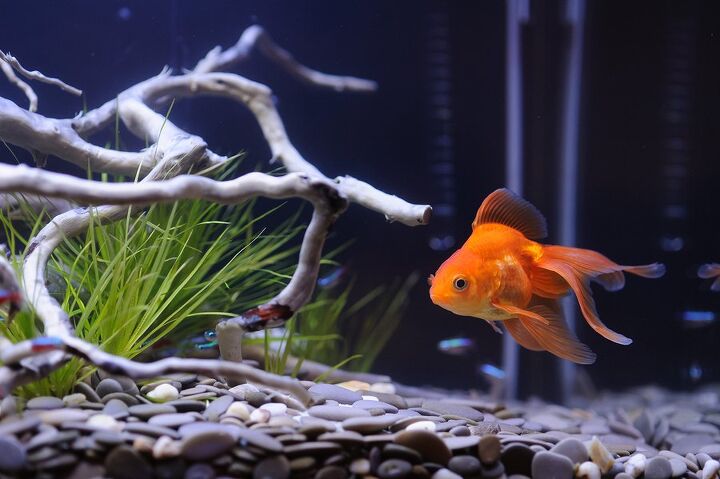6 Most Common Freshwater Fish Diseases

The key to keeping your aquarium fish happy and healthy is to maintain high water quality in your tank. The best way to do this is to stay up to date with routine maintenance tasks like water changes and water testing. Even if you do your best to keep your tank clean, however, there is still a chance that your fish will get sick. Be prepared – learn how to identify and treat common freshwater fish diseases so you know how to handle the situation if it arises.
Six Most Common Freshwater Fish Diseases
Aquarium fish diseases take many different forms and some are more common than others. Here are the six most common freshwater fish diseases you’ll encounter:
- Ich: The formal name of this disease is Ichthyophtirius, after the small white parasites that are responsible for the infection. They appear as tiny white dots on the fins, gills, and bodies of infected fish. This disease is incredibly contagious and it is generally caused or exacerbated by poor water quality. The first step in treatment is to improve water quality, then you can dose your tank with a store-bought medication or aquarium salt to kill the parasite.
Related: Ich or White Spot Disease: Causes, Symptoms and Treatment
- Fin Rot: This is a bacterial disease that can eat away at the fins of your fish if they are kept in overcrowded or unsanitary conditions. Antibiotic medications or medicated feed can be used to treat this condition, though reducing stress and improving water quality are more important in combatting this particular problem.
- Ammonia Poisoning: This condition occurs when the ammonia levels in your tank rise too high, usually as a result of insufficient beneficial bacteria. Fish with ammonia poisoning develop red, inflamed gills and they may be observed gasping at the tank surface for air. The best treatment for this condition is to improve water quality by using a gravel vacuum to perform a water change of 50% to 60% your tank volume.
- Anchor Worm: This is another parasitic disease caused by tiny red worm-like threads (worms) coming off the body of the infected fish. Fish with anchor worms can often be observed scratching their bodies on tank surfaces. Treatment options include antiparasitic medications like Formalin or Clout.
Related: How to Handle Stress in Aquarium Fish
- Flukes: Flukes are tiny flatworms that are found in most aquariums, but they don’t become a problem until water condition declines and fish become stressed. Symptoms include fish scratching on tank surfaces, rapid gill movement, redness, and paleness. This condition can be treated with antiparasitic medications and improvements in water quality.
- Dropsy: Dropsy is actually a sign of disease and not a disease in and of itself. This condition occurs when the body of the infected fish becomes bloated as a result of fluid accumulation due to kidney infection. Improvements in water quality are key to treating this disease, and antibiotic medications may also be helpful.
If you are serious about keeping your aquarium fish in their best shape, be sure to take the time to learn about the freshwater fish diseases that are most likely to strike your tank. The more you know, the more prepared you’ll be in the event that your fish do get sick, and the more quickly you’ll be able to provide them with the treatment they need to make a full recovery.

Kate Barrington is the loving owner of two cats (Bagel and Munchkin) and a noisy herd of guinea pigs. Having grown up with golden retrievers, Kate has a great deal of experience with dogs but labels herself a lover of all pets. Having received a Bachelor's degree in English, Kate has combined her love for pets and her passion for writing to create her own freelance writing business, specializing in the pet niche.
More by Kate Barrington























